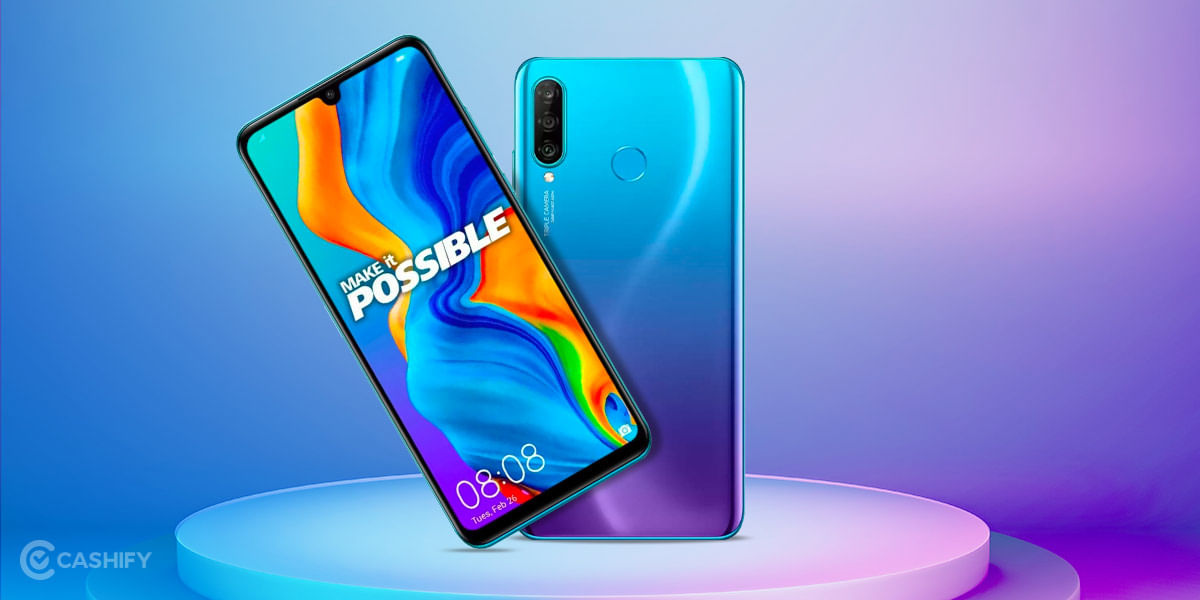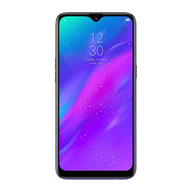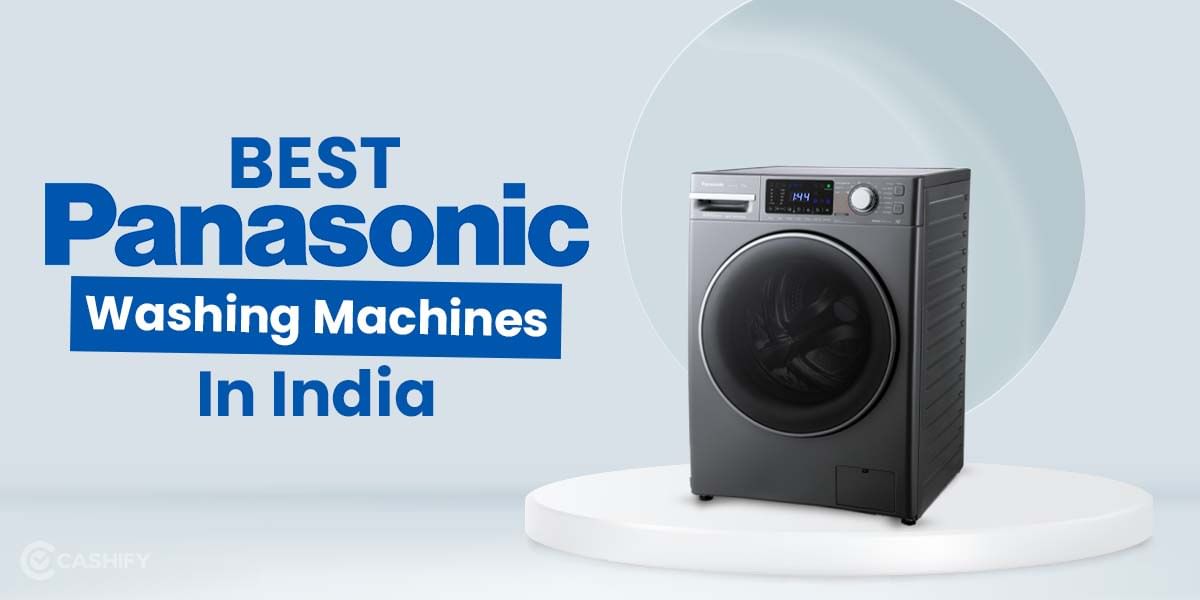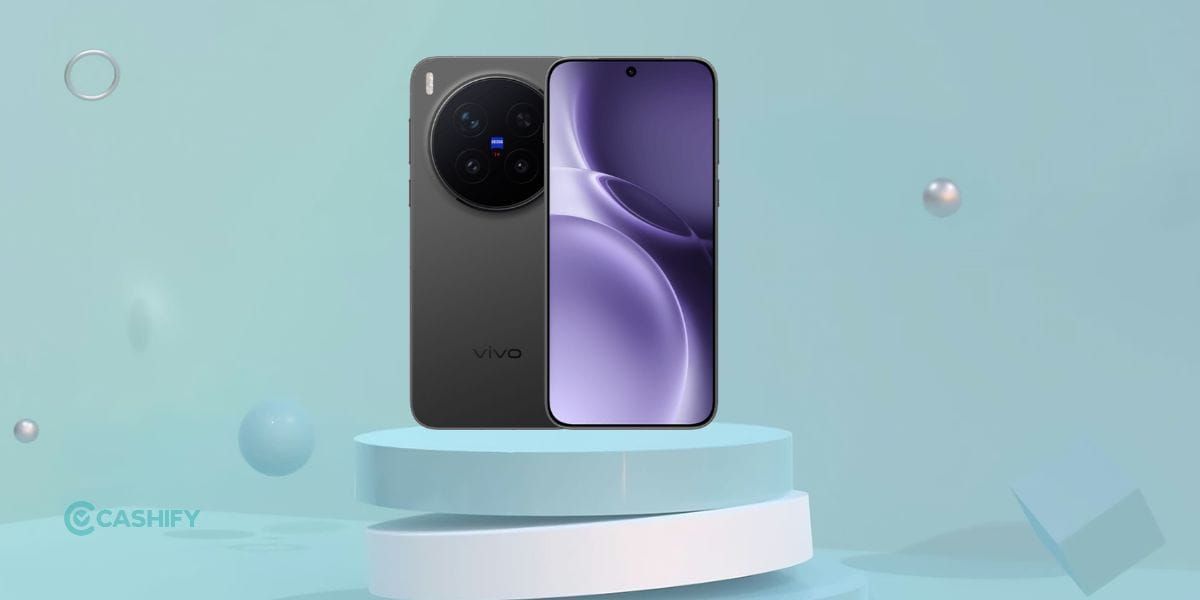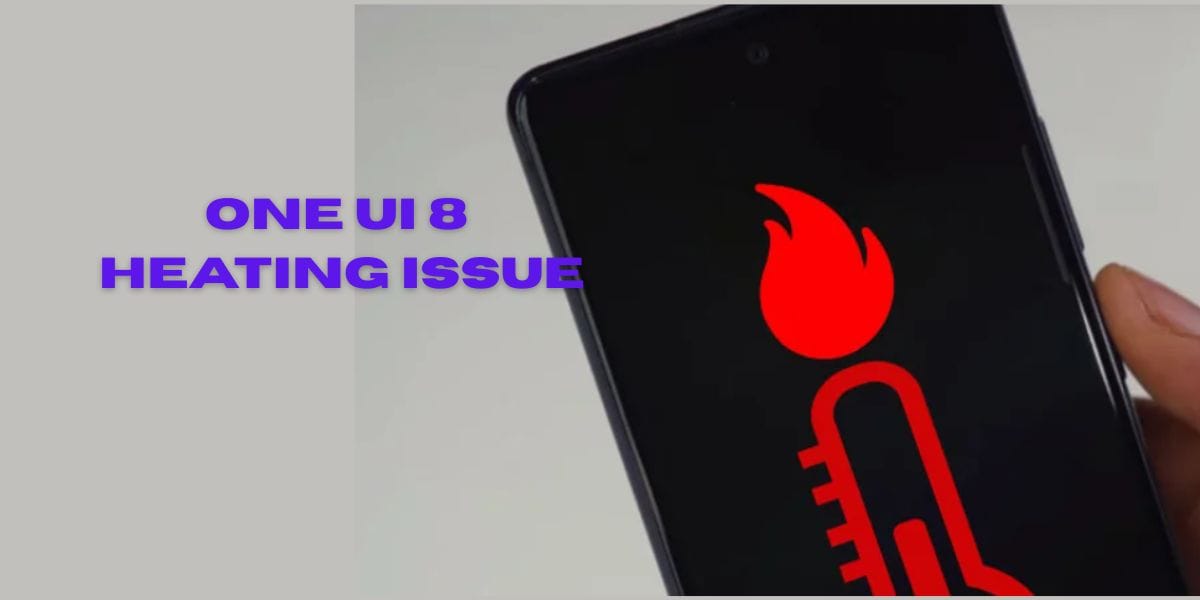Introduction
In a Xiaomi-dominated budget smartphone market, Realme was one of the first brands to challenge the company with its first-generation of devices. Since then, we have witnessed major improvements in the products launched by Realme. That could be due to the fact that Realme tends to listen to the customer’s feedback and try to implement it in its next-gen devices.
Oppo sub-brand Realme has recently launched two more smartphones under its third-gen lineup calling it Realme 3 and Realme 3 Pro. With Realme 3, the device tries to get a stronger hold in the budget segment of the highly competitive Indian market. Realme 3 competes with the likes of Redmi Note 7 and Note 7 Pro.
We have been using this device extensively for the last couple of weeks and here is what we think of it. Read on to find more about the Realme 3 in our comprehensive review.
Price in India, Variants, Availability
Realme 3 comes in two different storage variants – 3GB+32GB and 4GB+64GB memory options. Unlike storage, the device actually comes in three color variants, namely Classic Black, Dynamic Black, and Radiant Blue. The base variant of the device is priced at INR 8,999 while the one with 4GB RAM is going to set you back INR 10,999.
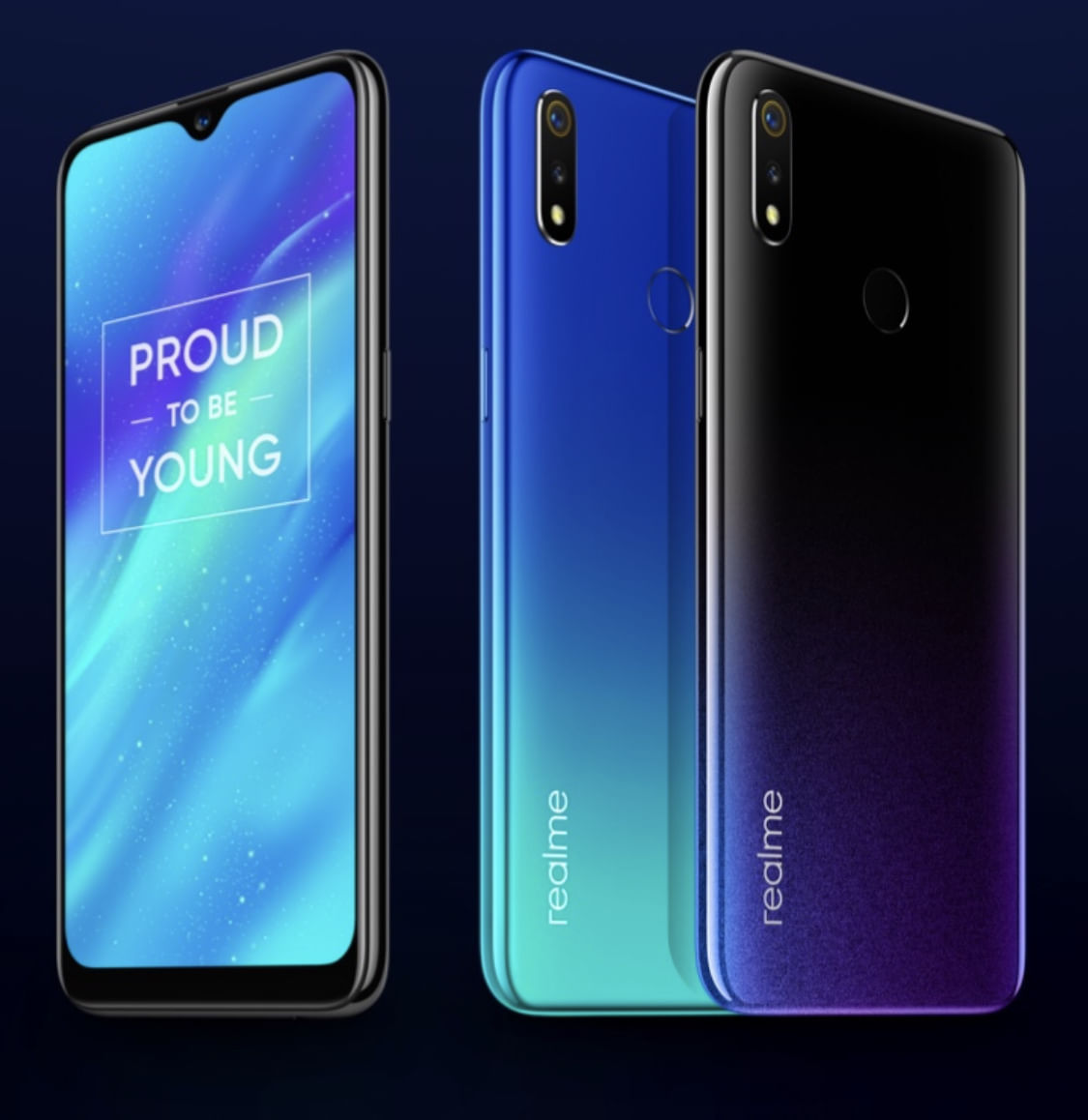
The smartphone is available for purchase exclusively via Flipkart and the company’s own website. At the time of writing this review, there is no worth mentioning offer on the smartphone. However, it is certainly worth noting that Realme 3 starts from INR 8,999, which is the same as that of the Realme 2 launch price. We’ll have to see whether the device comes with a significant upgrade or not.
Box Contents
Realme 3 comes packed in an attractive black-colored box with all the texts written in yellow accents. At the front, there is a numeral 3 written in massive font size with the brand name written at the bottom. Opening the box, you’ll see a rectangular section that consists of some documentation, a SIM ejector tool, and a basic silicone-based transparent back case for the device.
Underneath it, you’ll find the device itself laying there nicely and covered in plastic protection film. At the bottom, there is a 10W charging adapter and a Micro USB cable. At this price tag, we were surely not expecting a USB Type-C cable at all or a super-fast charger.
Here is a quick overview of what you’ll be getting inside the box:
– Realme 3 – the device itself
– 10W charger adapter
– A Micro USB cable
– Transparent Back Case
– SIM ejector tool
– Reading manuals
Specs at a Glance
Before we jump right into our detailed review, let’s get the key specifications out of the way first
– Display: 6.22-inch IPS LCD, 720×1520 pixels
– Processor: MediaTek Helio P70
– RAM & ROM: up to 4GB and up to 64GB
– Rear camera: 13MP (f/1.8) + 2MP depth sensor
– Selfie camera: 13MP, f/2.0
– Battery: 4230mAh capacity, fast charging 10W
– Software: Android Pie, ColorOS 6
– Weight: 175g
– Dimensions: 156.1 x 75.6 x 8.3 mm
With the specifications cleared out, let’s start with the most important aspect of any budget smartphone.
Design and Build Quality
Realme 3 has a significant difference in terms of design and build quality when compared with its predecessor. The major key difference that you’ll notice first is that the back of the phone no longer sports the diamond cut design.
In fact, this time, the company decided to go for a much more modern look. Yes! Like any other phones this year, this one too features a gradient back. The gradient back does give the device a more subtle look in my opinion.
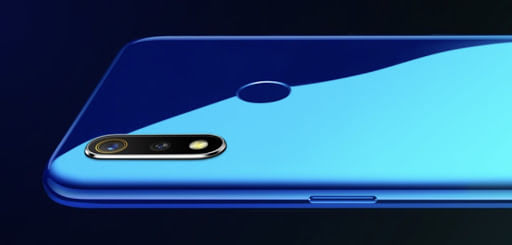
Coming to the construction, Realme went with the unibody plastic with curved edges this time. Thanks to the curved edges, the device is more comfortable in the hand. Even though the back is made up of plastic, the device still looks gorgeous and feels pretty good.
In fact, the phone is very grippy and it would not slip from your hands that easily. The overall aesthetics of the device is pretty decent and for this price tag, the device feels pretty great in the hand.
At the back, there is a dual-camera setup aligned vertically along with an LED flash. The main camera sensor has a yellow color ring on it for some reasons. The back of the device contains a fingerprint sensor in the middle and a Realme branding on the left side in a vertical position. I personally like the idea of branding your device in a vertical alignment.
On the front, there is an IPS LCD panel with a teardrop notch and somewhat thin bezels on the sides. The chin of the device is quite thick but I guess that’s the case with every other budget smartphone.
For added protection, Realme has used a Corning Gorilla Glass 3 on the display. At the bottom, you will find a 3.5-mm headphone jack, a Micro USB charging port, and a speaker grill. On the left side, there is a volume rocker and a SIM card slot while the power button is present on the right side.
Overall, the build quality of the budget Realme 3 is impressive and manages to exceed our expectations. The gorgeous gradient back does look appealing to the eyes and the fact that it is very comfortable to use thanks to the solid grip adds up to the user experience. I did like the diamond cut design but gradient back is also not that bad.
Display
Realme 3 comes with a large 6.2-inch IPS LCD display which has a tiny U-shaped notch or waterdrop notch or dewdrop notch, whatever you like to call it. The device makes use of 720p panel having a resolution of 1520×720 pixels. In our opinion, Realme should have gone with the 1080p panels considering that Realme U1 comes with one, too.
Although the bezels on the device are fairly thin, we cannot say the same for the chin that results in a screen-to-body-ratio of 88.3 percent. When it comes to the display, there is nothing to write home about.
The color accuracy is decent, colors are vibrant enough, and the blacks are somewhat deep. The display isn’t the brightest at this price for sure but still, the sunlight legibility is pretty fine and you will find no issue using it outdoors.
Overall, Realme 3 has a display which is perfectly fine. Although at this price, there are devices offering a slightly improved experience. With decent viewing angles, you should not have any bad experience while consuming media.
Performance
Under the hood, Realme 3 is powered by a MediaTek Helio P70 chipset coupled with up to 4GB of RAM and up to 64GB of internal storage. The Helio P70 is fabricated over a 12nm manufacturing process, which consists of eight cores – 4x Cortex A74 clocked at 2.1GHz and 4x Cortex A53 clocked at 2.0GHz.
The Helio P70 is a really capable chipset that can be compared to the Snapdragon 660 in terms of the performance. For this price point, the decision of going with the Helio P70 might work in favor of the brand.
In moderate usage, you would rarely see any kind of lag or stutter. PUBG Mobile runs on the medium graphics setting by default and the performance is decent enough. Of course, you will notice frame drops at times, which you can solve by lowering the graphics settings.
It would be unfair to the brand to expect a higher performance at this price range. Overall, we have had no problems with the performance of this device. No doubt, the Snapdragon processor will perform better but Helio P70 is not lagging behind with wide gap. Overall, the performance of Realme 3 is perfectly fine and a moderate user would definitely find no problem using this smartphone.
Software
When it comes to software, Realme 3 runs on the latest version of Android, i.e. Android 9.0 Pie based on the ColorOS 6. The UI resembles stock Android in some ways with the same swipe-up app drawer, pull-down notification bar, and pill navigation menu. This time, the brand kept minimum bloatware in the software and most of them can easily be removed.
In software, ColorOS 6 still needs various improvements here and there in terms of UI elements. We love the addition of volume bar which appears on the left screen whenever you press the volume rockers. In all, the UI experience is quite minimalistic. One thing that bugs us the most is the software optimization that, in my opinion, still has a long way to go.
It seems like Realme has now started looking at the software and is improving it step by step. Getting used to the new UI might still take time for some users. ColorOS 6 is neither bad nor impressive. It sits in the middle with lots of improvements still needed. The app icons are something, which we are not fond of. Ignoring that, ColorOS 6 will give you a decent experience.
Cameras
Moving to the optics, the Realme 3 features a dual-camera module at the back consisting of a main 13MP sensor and secondary 2MP lens. In fact, the very same camera setup can also be seen on the Realme U1. On the front, there is a single 13MP selfie shooter with AI capabilities.
Comparing the camera performance of the device to its own cousin, i.e. Realme U1, we can notice downgrade in both the front as well as the rear cameras. Realme 3’s camera performance isn’t that bad either but it still lags behind the Realme U1.
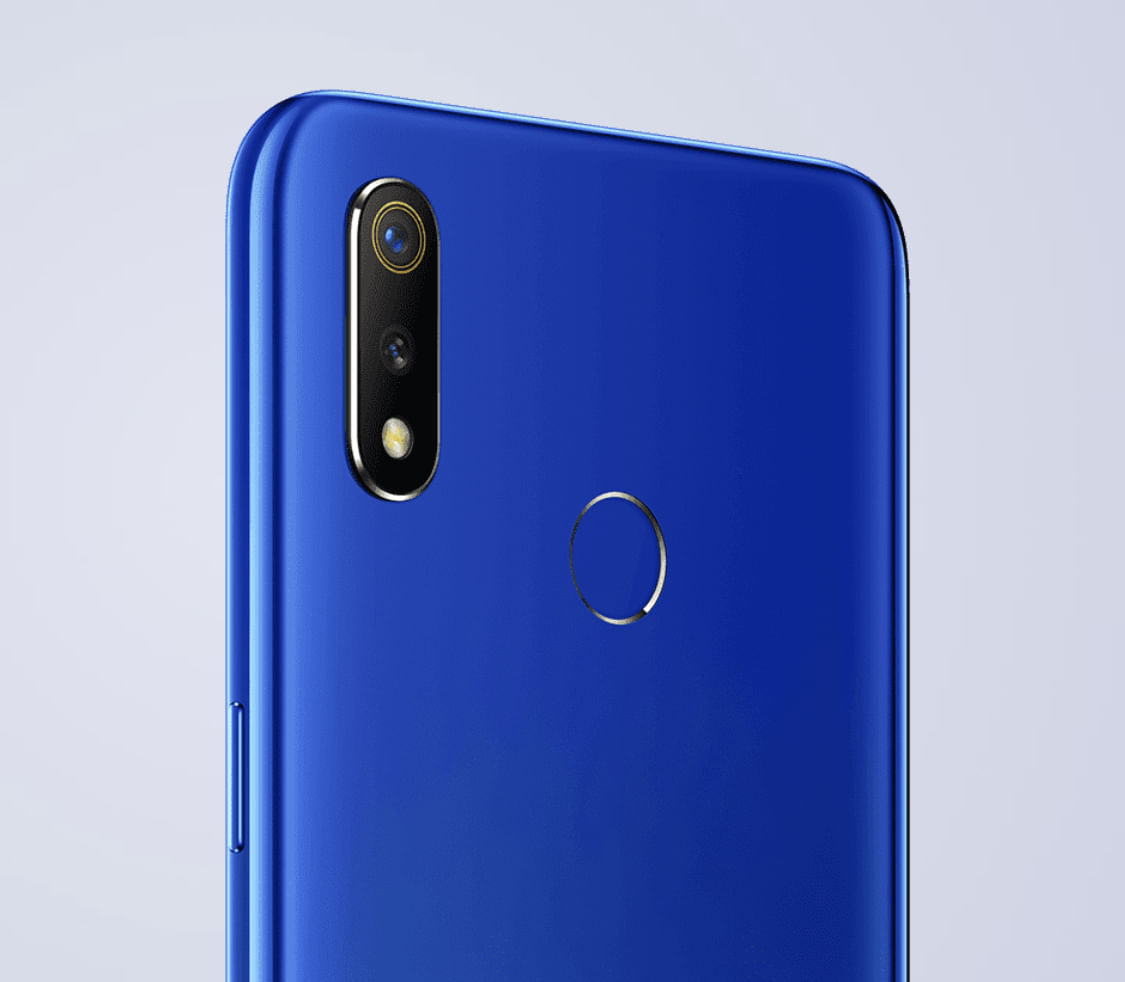
You can shoot bokeh effect with both the front and rear sensors, which can be a nifty addition for some. The rear camera clicks pictures with decent details and the same goes for the front selfie snapper. Realme has introduced some new features like Nightscape and Chroma boost. The nightscape mode is a good addition and it works fairly well, improving the low-light photos.
The Chroma boost, on the other hand, is similar to the AI scene detection. The feature uses AI to automatically optimize some camera settings in order to churn out good images. There is nothing to write home about in chroma boost and we didn’t see any marginal difference.
Talking about the video, the phone supports 1080p recording with no stabilization, whatsoever. Due to this, the videos turn out to be very shaky and unstable. It is worth noting that Helio P70 supports 4K recording but the company decided to cap out at 1080p.
Battery Life
Realme 3 comes with a huge 4,230mAh battery, which is a significant improvement when compared with the Realme U1. With this much battery backup and HD+ resolution, the device will be able to last an entire day on moderate usage. In lighter usage, the device can last you two days on a single charge, which is impressive.
In our usage, the device was always connected to Wi-Fi and Bluetooth was always on. On top of this, we tried playing a couple of PUBG Mobile sessions along with various other games, heavy video playback, and listening to music almost all the time. After all this usage, we were able to get an impressive 7 hours of screen on time.
The phone comes with a 10W fast charger and it generally takes around two hours to charge from zero to 100%.
Audio, Biometrics, and Connectivity
For audio, the smartphone has a speaker at the bottom of the device, which is perfectly fine and doesn’t distort at full volume. The speaker is not that loud but you will still be able to enjoy watching videos or movies on this smartphone.
There is a 3.5-mm headphone jack present on the device, which also delivers decent audio output. In all, there is nothing to write home about when it comes to the audio.
For biometrics, the device comes with a physical fingerprint sensor at the back. The sensor is fairly fast and in our usage, we never faced any detection issues. You also get Face Unlock on the device, which uses a 2D representation of your face and frankly, is not that secure. Personally, I would recommend you to stick with the fingerprint reader alone.
Realme 3 comes with all the standard connectivity features, including WiFi 802.11 b/g/n, Bluetooth v4.2, GPS, and Micro USB 2.0 port for charging.
Pros and Cons
Pros
– Gradient design which looks beautiful
– Excellent battery life
– Night Mode seems to work pretty well
– Decent performance
Cons
– Low-resolution display
– No fast charging
– Speakers are not loud enough
When it comes to build and design, Realme 3 manages to impress with the device’s comfortable grip and a gradient back makes it look pricier than it actually is. In fact, Realme 3 is a very capable device with impressive battery life, decent performance, and overall nice cameras. Things which we would like to see improvements on would be the low-resolution display, disappointing low-light camera performance, and software.
The budget smartphone market in India is one of the most aggressive and competitive ones. In such scenarios, Realme 3 faces tough competition from Xiaomi Redmi Note 7 and Asus Zenfone Max Pro M1. Redmi Note 7 offers a high-resolution display with decent cameras while the Max Pro M1 is an all-rounder device. Considering all these points, it would be hard to recommend this device alone.
In the end, it will all come down to personal preference. For this price point, Realme 3 is one of the good-looking devices, which is also doing well in the rest of the aspects. If you’re looking for a device that doesn’t burn your pocket and still manages to do well, then Realme 3 should definitely be on your list.

